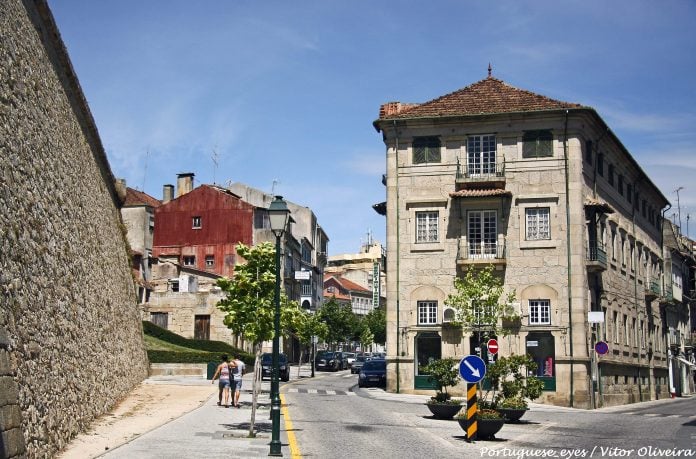The overcrowding of cities on the Portuguese coast, caused both by internal emigration and a greater flow of tourism in these areas, has led to the search for alternative, more relaxed, picturesque, and authentic itineraries.
As such, Portugal’s interior is increasingly a sought-after place for nature, historical, and gastronomic tourism, as well as a place to live. Choosing to live in the interior has benefits both in monetary terms and in terms of physical and mental health.
Privileged contact with nature, a more peaceful life, and less traffic are examples of the life that more and more people aspire to have nowadays.
However, when choosing alternative locations, you might wonder what the best small towns in the Portuguese countryside where you can benefit from the tranquility and at the same time not give up the comforts of modern life are.
Therefore, we’ve put together a list of the 5 best cities to live in Portugal’s interior, where you can lead a peaceful life while not being too far away from larger cities.
1. Viseu
Viseu is a charming city located in the same district that gives it its name and the only one in Portugal that does not border either the sea or Spain. Several times this city has won the title of the town with the best quality of life in Portugal.
It combines several factors, such as employability, the city’s cleanliness, and access to city parks like Fontelo or the Aquilino Ribeiro park right in the center, inviting families for big afternoon walks.
All this is allied to the minor traffic in a city that, even so, has several cultural facilities. This is the case of the existence of one of the most prestigious theaters and theater companies in Portugal, the Teatro Viriato, as well as one of the largest shopping centers that was once the largest on the Iberian Peninsula, the “Palácio do Gelo.”
It has a large number of stores, restaurants, and a cinema floor. But it is also in this space that families can enjoy the famous ice rink, as well as an amusement space to play bowling, snooker, and for the nostalgic, to have access to video game machines of the nineties that are still in great demand.
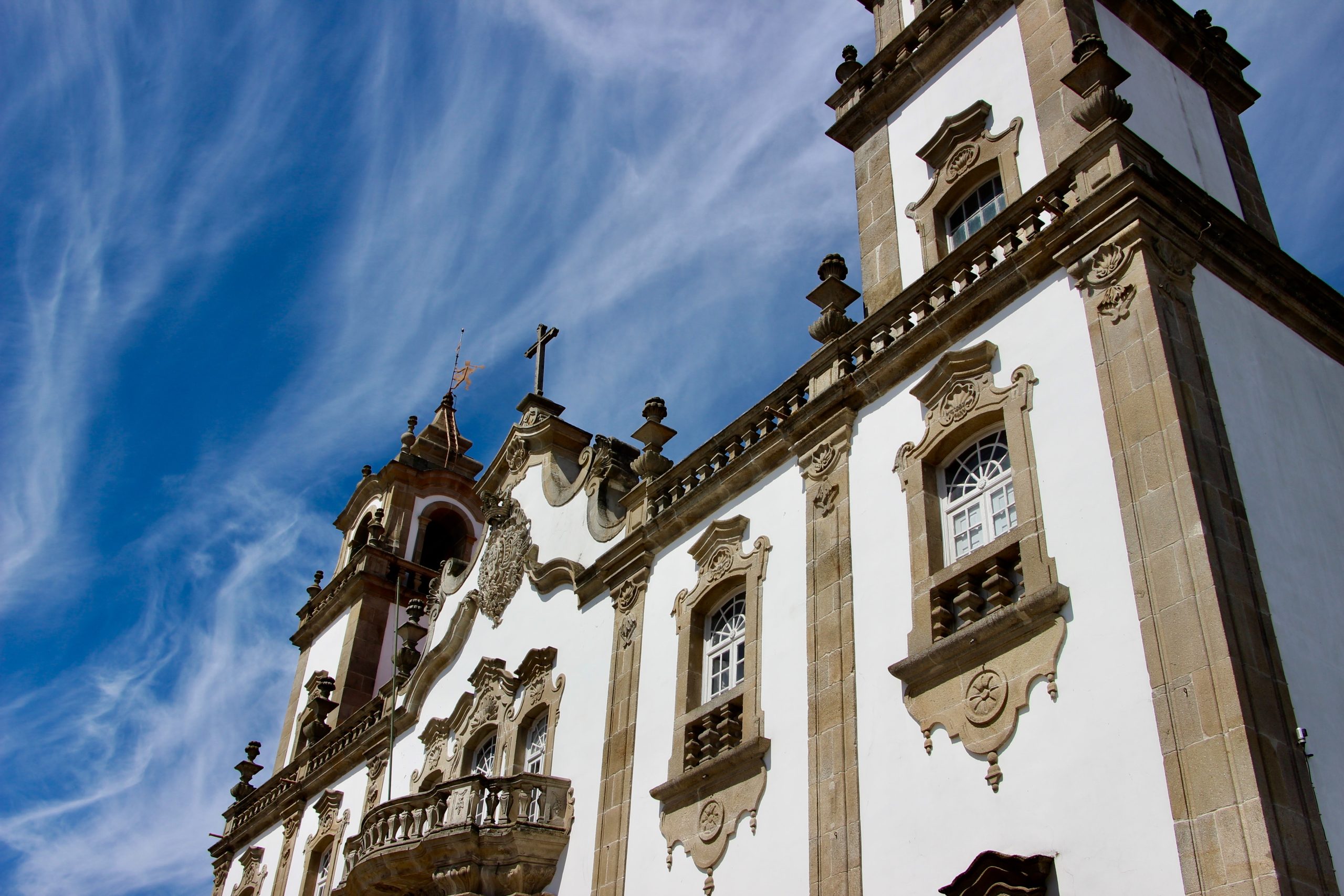
But Viseu is also a mix of modernity and history, being firstly a medieval city, where many historians have confirmed the first King of Portugal was born.
And as history is concerned, it is inevitable, not to mention both the greatest Portuguese Renaissance painter, Grão Vasco, and the D. Duarte king.
In the city’s historical center, one can see the statue in honor of him, born there in 1391 and called Eloquent or Philosopher-King for his dedication to Portuguese writing and culture.
Not far away, next to the centenary Cathedral, visitors can enter the museum whose name honors the famous painter. Here, several works of art can be found, ranging from the modern age to more contemporary Portuguese artists.
Those who also choose to visit Viseu know the city hosts what its residents proudly claim to be the oldest fair in Portugal every summer. And they are correct, as it dates back to the year 1392.
Its location is also a factor to consider. It’s about an hour and a half away from Porto, the same distance from the Spanish border, or other touristic points like the city of Coimbra or the magnificent Serra da Estrela, less than an hour away.
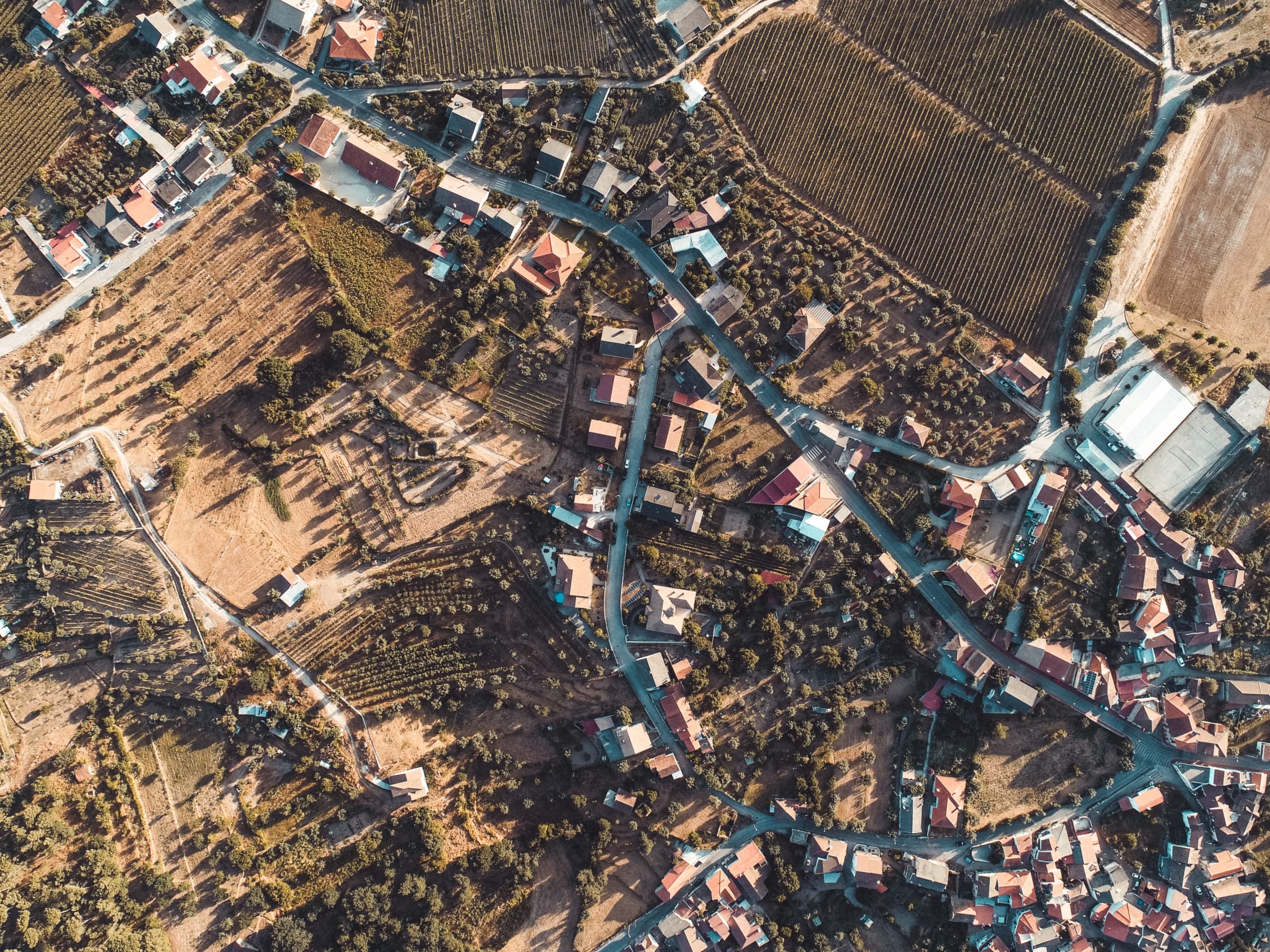
2. São Pedro do Sul
Probably one of the tiny treasures of the district of Viseu, this town in the north of Portugal can be said to be blessed because here you can find the miraculous waters of its famous hot springs.
These thermal springs, whose roman ruins are worth a visit, have also received the first Portuguese king D. Afonso Henriques and the last Portuguese queen Dona Amélia, whose names are prefigured in the two bathhouses of this thermal spa.
In this county, we can also find the famous Magic Mountains, a set of several mountains with a breathtaking landscape and where several schist villages, such as the village of Pena, are spread out in their most hidden corners.
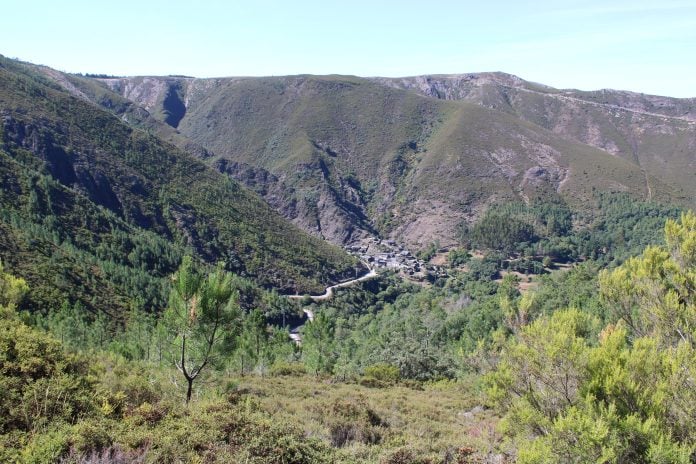
São Pedro do Sul is also on the route of great Portuguese gastronomy, with the famous “Vitela à Lafões,” a veal dish with roasted potatoes served with rice.
And it is also here that the county hosts the tradidanças world music festival every summer. During almost a week in August, the hippie spirit, music, dance, and body expression are alive with numerous workshops, from Indian and African dances to laughter therapy, to the involvement of the local population sharing knowledge of beekeeping.
Because of its proximity to the mountains, access to the thermal springs, and a short distance from both Viseu and the beach (about an hour’s drive), this small town in the interior of Portugal is increasingly not only a place to visit, but a sought after place for those seeking a life more connected to nature, and with easy access to larger cities.
3. Lamego
Also part of the Viseu district, this medium-sized town is surrounded by history, good food, and good wines since it is less than half an hour from the famous Douro valley, where the Port wines are produced.
But perhaps less known for this, it is here in Lamego that sparkling wine is also made from the famous Portuguese brand Raposeira, which can be enjoyed while eating a good slice of ham, a product so typical of this city.
This city is also intrinsically linked to the foundation of Portugal, as it was here that D. Afonso Henriques, the first Portuguese king, gathered the first courts of the kingdom of Portugal.
In this city, you can visit its imposing Cathedral, one of the oldest in Portugal, dating from 1159.
And as a Catholic pilgrimage route, it is also in Lamego that the sanctuary to Nossa Senhora dos Remédios can also be visited, a building with a staircase similar to the Bom Jesus de Braga.
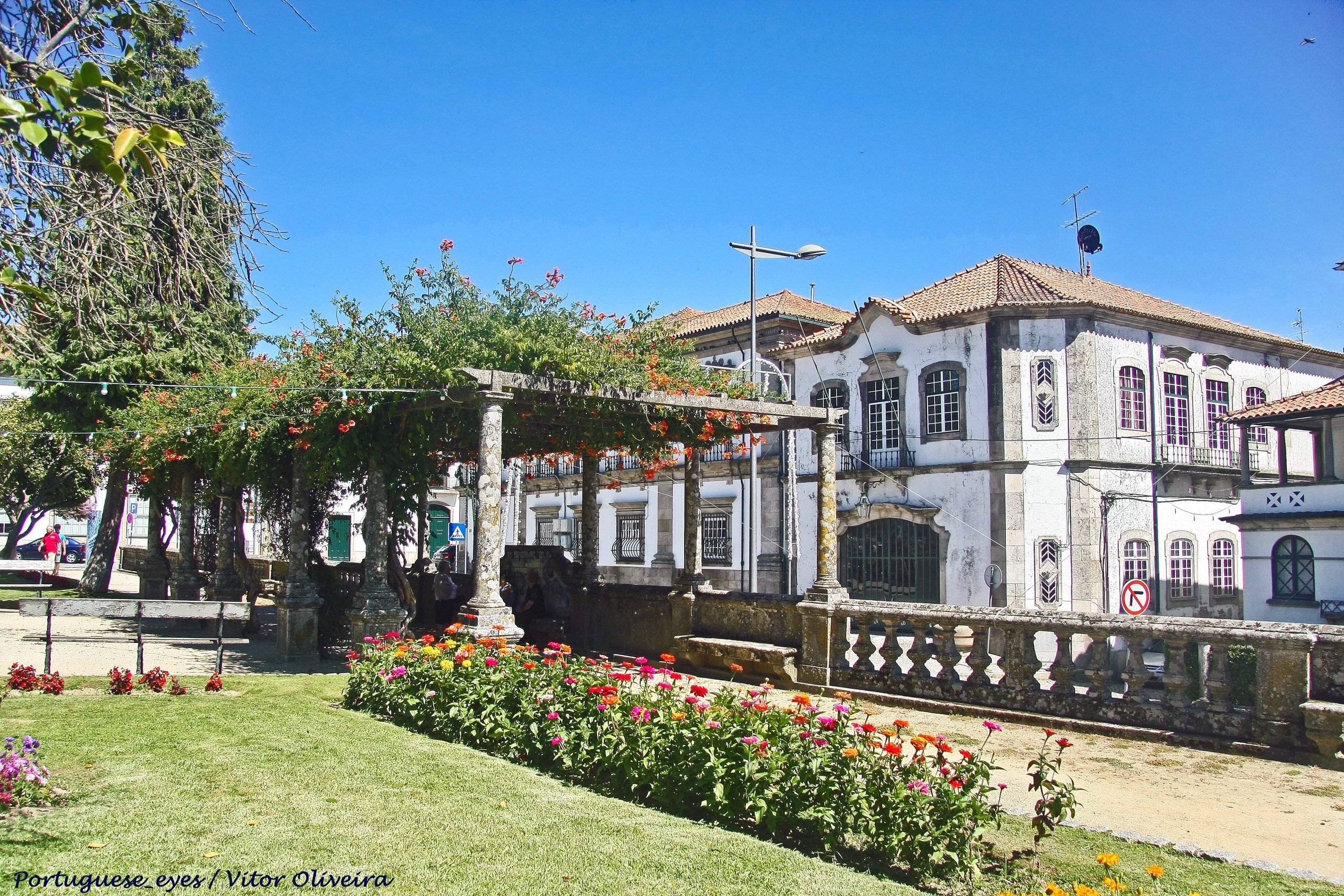
Its 686 steps are sometimes interrupted by small squares with statues and fountains, sometimes with a small terrace surrounded by the famous blue and white tiles.
The city experienced an economic boom from the 16th century, especially when it turned to wine production, which is still the region’s forte. And for lovers of good food, Lamego continues the excellent tradition of the Veal Arouquesa, roasted or grilled lamb from the mountains or codfish with cornbread or octopus “à lagareiro.”
Lamego seems a strategic point for those who want to be close to a tourist place like the Douro Valley, its proximity to Viseu or Porto, while enjoying the usual quietness of a medium-sized city.
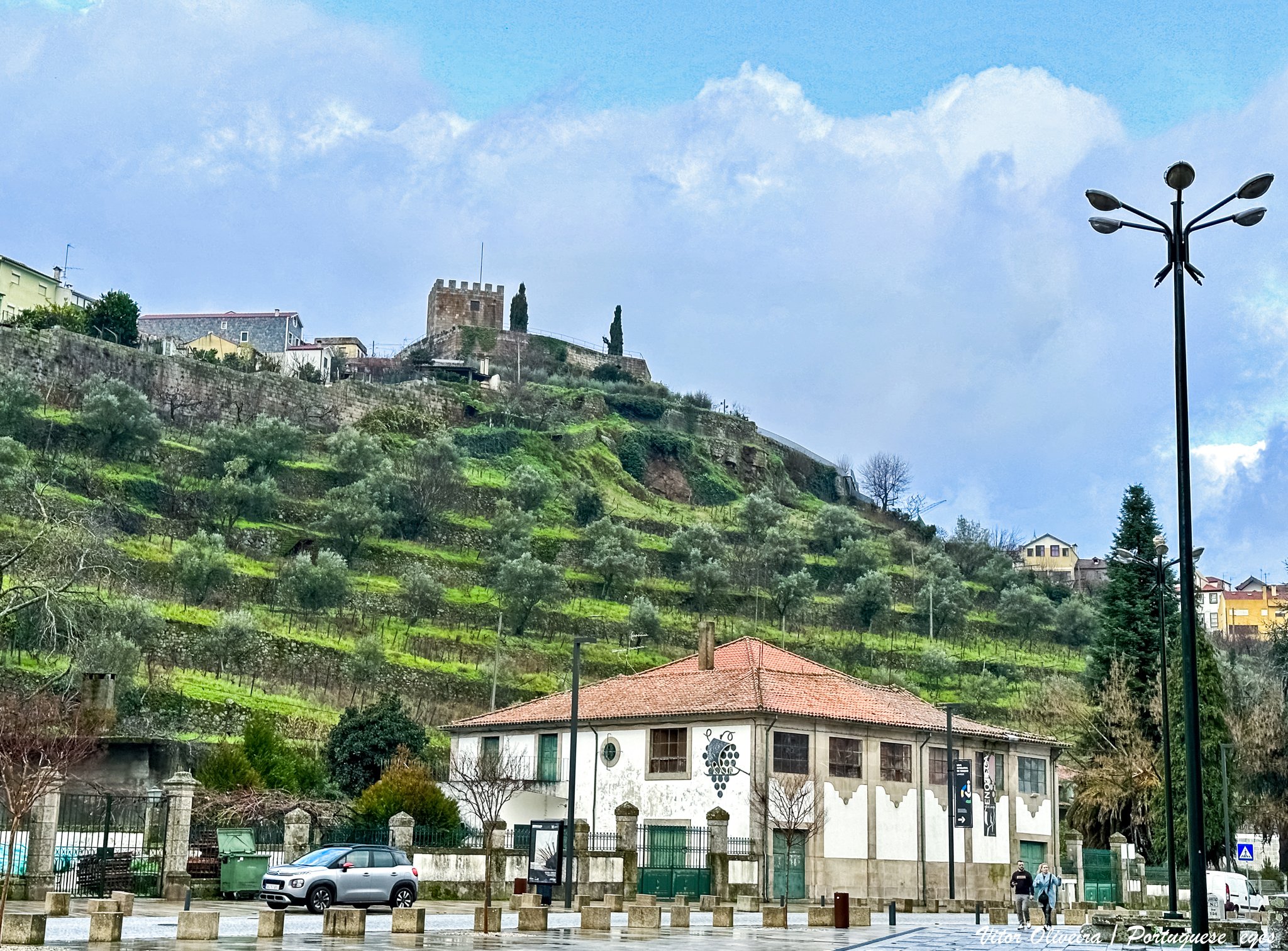
4. Chaves
Located in the north of Portugal and a few kilometers away from the Spanish region of Galicia, Chaves is a small city in the north of Portugal, dubbed by many as the most beautiful in Portugal. And there are reasons for that.
Chaves is gifted for its position within the Tâmega river valley and for having in its identity the Roman History, its frontier geography, and thermal waters that made the city disputed by many throughout its History.
There are many reasons to visit or move to this middle town, from history to culture, to food, and of course, those looking for a more leisurely pace.
For those looking for history, you will find this city’s ex-libris, the famous Roman bridge of Trajan that dates back to the far 2nd century. But you can also see here another century-old medieval castle and its keep that dates back to the foundation of the country, which are two other proofs of both the Christian reconquest and the constant and past quarrels with the Spanish.
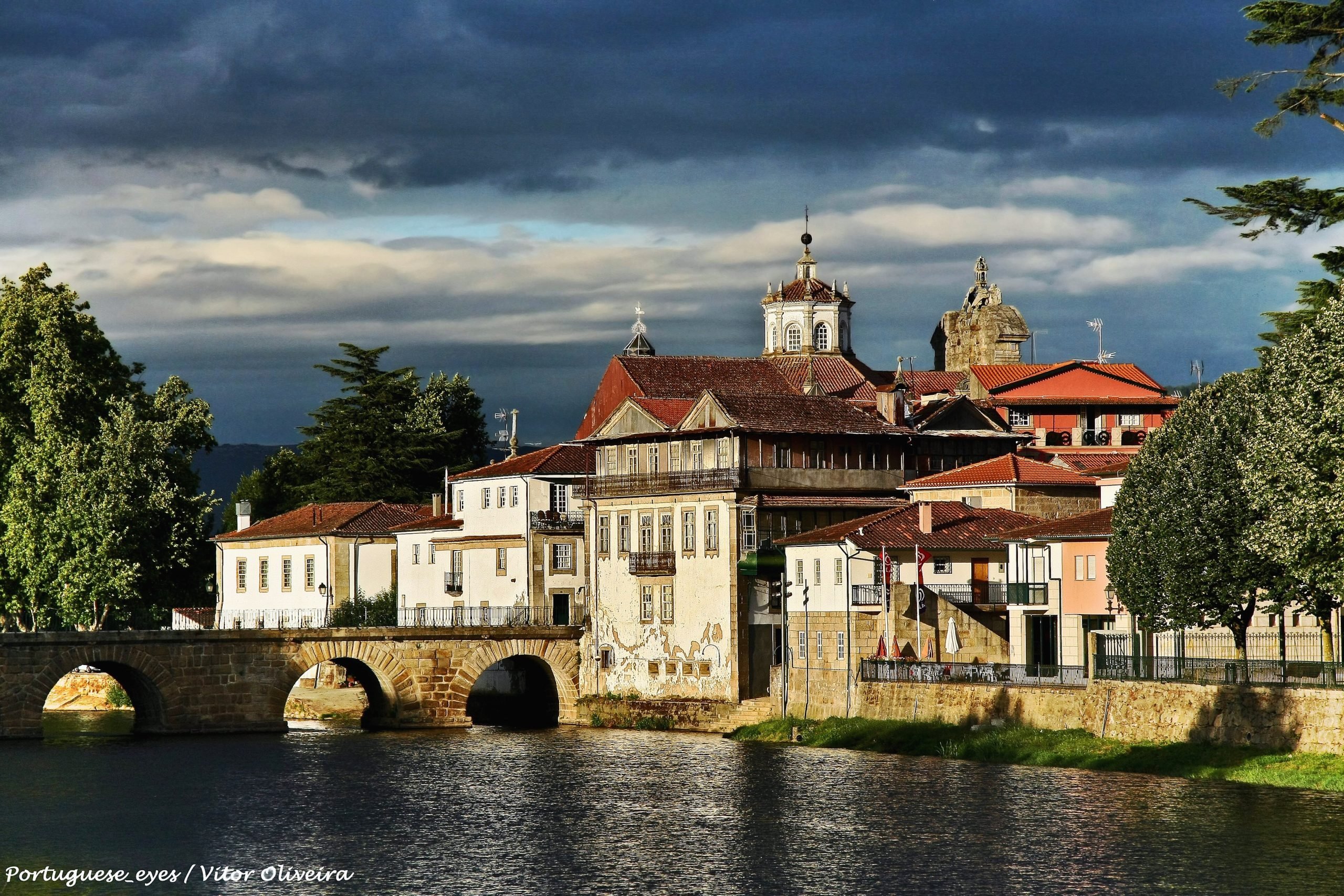
Chaves also has a rich gastronomy that is part of the Transmontana culture, which stands out for its variety of sausages and smoked meats, and where you can enjoy the famous “pastéis de Chaves” (a meat pastry) stuffed with meat.
And to complete the itinerary, we must mention that Chaves is on the route of a thermal tourism destination. A few kilometers away, we can find the village of Vidago, where the famous and beautiful Vidago Palace Hotel is situated.
This is one of the most historic and luxurious Portuguese hotels idealized by King D. Carlos and inaugurated in 1910, and definitely worth a visit.
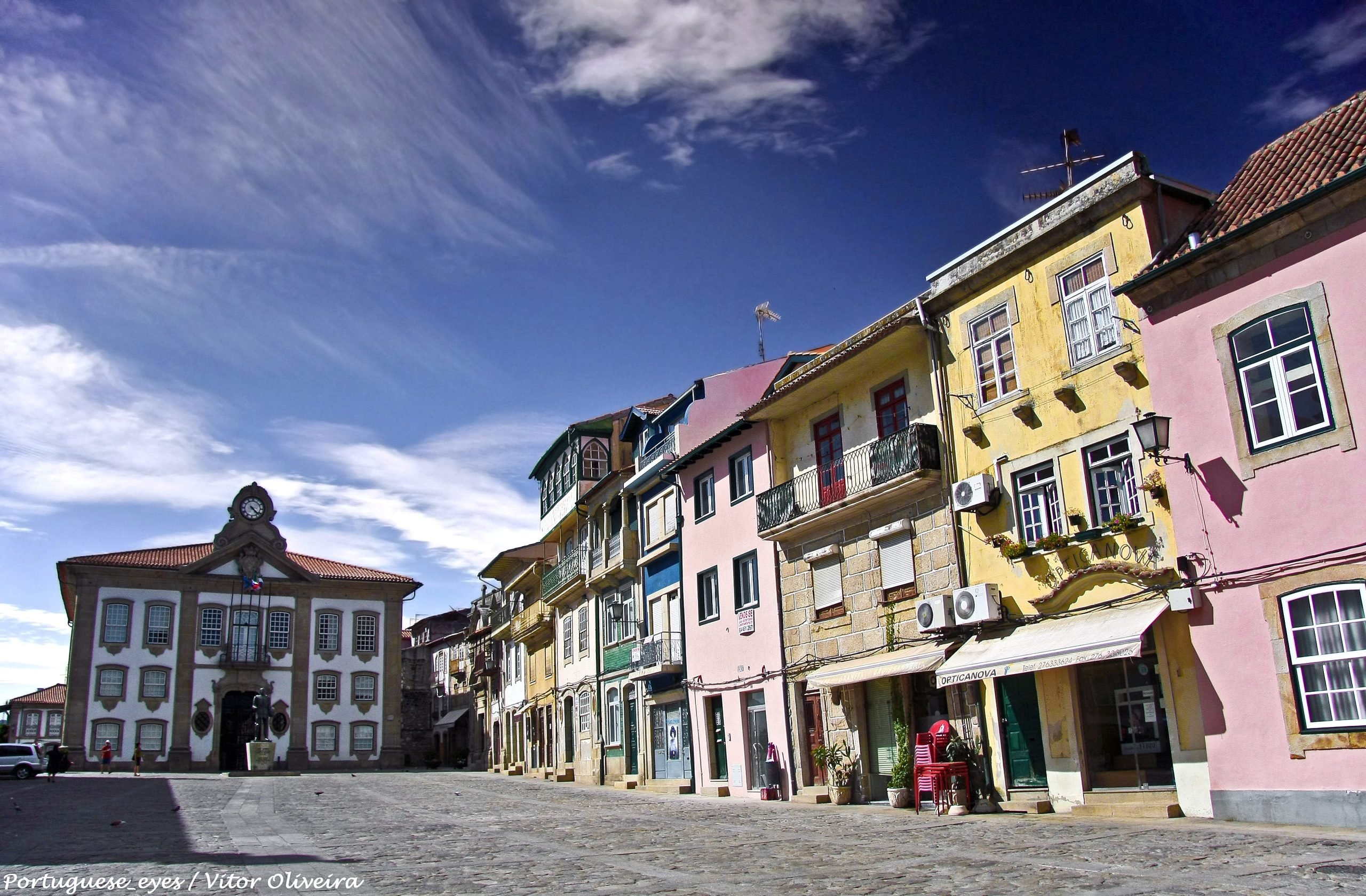
5. Ponte de Lima
Ponte de Lima does not have the title of “cidade” (city), and it’s proud to say it. Instead, this place is known for being the oldest “vila” (small town) in Portugal.
And this is immediately visible when the visitor arrives at the town and finds a statue in honor of Dona Teresa, mother of King Afonso Henriques, who holds the charter that grants this title in her hands.
But this town, located in the district of Viana do Castelo, right on the northern limits of Portugal, also predates nationality. Here, too, the vast Roman bridge over the Lima river, which gives the town its name (Ponte means bridge), has been a route for centuries for pilgrims who decide to make the Portuguese way to Santiago de Compostela.
This village also retains traces of its ancient medieval walls, clearly evident at the entrance to the medieval town where an old arch still reigns. But besides the History, this village has a stunning landscape typical of the upper Minho region.
Its resplendent greenery shines even more when the sun beats down on the waters of the Lima river, and it also vibrates to the sound of music during the town’s famous festival, the “feiras novas” (new fairs).
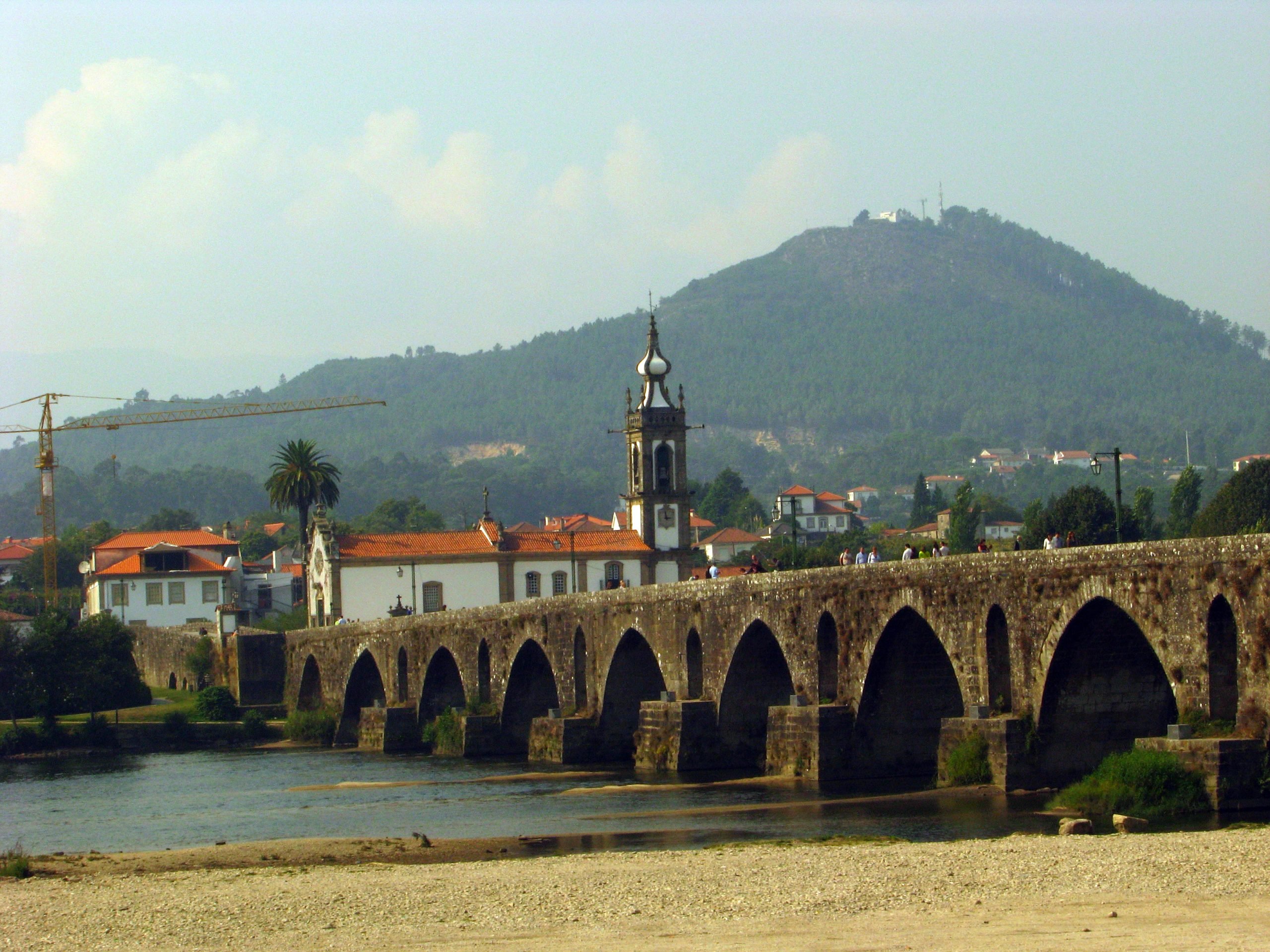
A religious celebration that combines folkloric marches in September, closing the summer ritual with music, food, and singing typical of the Minho region.
This Portuguese town also enjoys an excellent location, being served in its proximity by two highways connecting the town to Porto in about 45 minutes.
It is also positioned near two airports, one from Porto and Vigo. The excellent security of this northern town and the low cost of living are appealing factors for someone to choose this location instead of busier cities such as Porto or even Braga.

